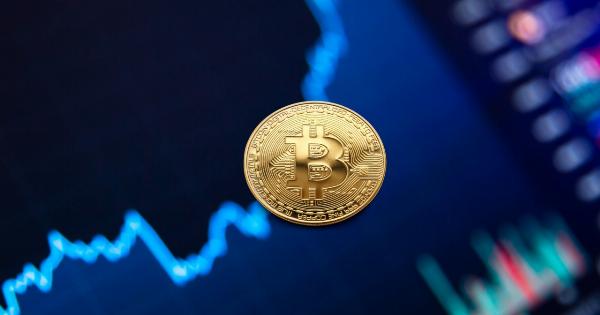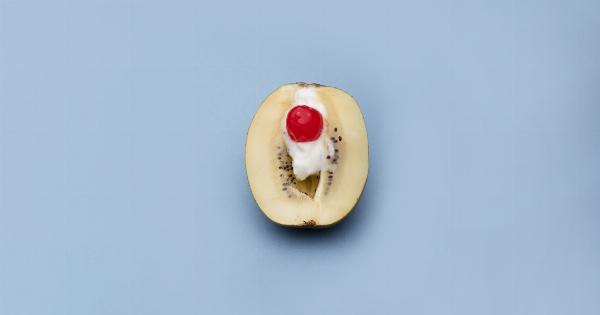When it comes to burning calories, most people think of activities like running, swimming, or hitting the gym. However, you might be surprised to learn that even seemingly sedentary tasks like doing homework can contribute to your calorie burn.
While it may not replace a workout, every little bit counts! In this article, we will explore the surprising number of calories burned by doing homework and how you can make the most of your study sessions.
Understanding Caloric Expenditure
Before we delve into the number of calories burned during homework, it’s important to understand the concept of caloric expenditure.
Your body constantly burns calories to perform essential functions like breathing, digesting food, and maintaining body temperature. Additionally, physical activities, including exercise, contribute to your daily calorie burn. Calculating the number of calories burned involves considering both basal metabolic rate (BMR) and physical activity level (PAL).
The Basal Metabolic Rate (BMR)
Your BMR represents the number of calories your body burns at rest to maintain basic bodily functions like breathing and circulation. It accounts for about 60-75% of your total energy expenditure.
Factors such as age, weight, height, and gender influence your BMR. These factors vary from person to person, so everyone has a unique BMR.
The Physical Activity Level (PAL)
PAL takes into account the calories burned during physical activities, including exercise and other daily tasks. It is usually expressed as a multiple of your BMR.
Sedentary individuals have a PAL of around 1.2, while highly active individuals have a PAL of 2.5 or more. Your PAL depends on the intensity and duration of your physical activities.
Calories Burned by Doing Homework
Now that we have a basic understanding of caloric expenditure, let’s explore how many calories you can burn by doing homework. While homework is generally considered a sedentary activity, it still requires mental effort and concentration.
According to research, the number of calories burned during mental activities can vary depending on factors such as the complexity of the task, individual characteristics, and the level of concentration involved.
On average, mental activities can burn around 100-150 calories per hour. However, this number can vary significantly between individuals.
Factors Affecting Caloric Burn
Several factors determine the number of calories burned while doing homework:.
1. Intensity
The intensity at which you engage in your homework affects the number of calories burned. Tasks that require higher levels of mental effort, concentration, and problem-solving can result in a higher caloric burn.
Challenging subjects or complex problem-solving can increase your overall caloric expenditure. However, keep in mind that excessively challenging tasks can also lead to mental fatigue, so it’s crucial to find a balance.
2. Duration
The duration of your study session also influences the number of calories burned. Longer study sessions naturally result in a higher caloric expenditure. However, it’s important to prioritize quality over quantity.
Taking regular breaks, even within a shorter study session, can help maintain focus and prevent mental exhaustion.
3. Body Weight and Composition
Your body weight and composition can affect the calories burned during homework. In general, individuals with higher body weight or muscle mass tend to burn more calories. This is because larger bodies require more energy to perform the same activities.
However, it’s important to note that individual metabolism and other factors may also play a role.
4. Environmental Factors
The environment in which you study can also impact your caloric burn. Research suggests that studying in a cooler environment can slightly increase your calorie expenditure.
This is because your body needs to work harder to maintain a stable body temperature when it’s colder.
5. Body Position
Believe it or not, the way you sit or stand while doing homework can affect your caloric burn.
Sitting upright engages your core muscles and supports proper posture, which can slightly increase your overall calorie expenditure compared to slouching or lying down.
Maximizing Caloric Burn During Homework
While homework alone may not be a replacement for formal exercise, there are ways to maximize the caloric burn during your study sessions:.
1. Stay Active During Breaks
Take short breaks every 30-60 minutes and use them to get up and move around. Stretching, walking, or performing quick exercises can help increase blood flow and elevate your heart rate, contributing to additional calories burned.
2. Incorporate Standing or Walking
If possible, consider using a standing desk or walking on a treadmill while studying. Standing or walking instead of sitting can help increase your overall caloric burn during homework.
3. Engage in Brain Exercises
Incorporate brain exercises into your study routine to challenge your mind and increase mental effort. Puzzles, memory games, or even brainstorming sessions can contribute to a higher caloric burn compared to passive reading or listening.
4. Opt for Active Learning
Whenever possible, engage in active learning methods that involve movement. This can include role-playing, group discussions, or hands-on experiments. Active learning not only enhances understanding but also adds a physical element to your studying.
5. Maintain a Healthy Lifestyle
Incorporate healthy habits into your daily routine to support overall well-being. Regular exercise, balanced nutrition, and sufficient sleep can optimize your metabolism and promote a healthy calorie burn even during sedentary activities like homework.
The Bottom Line
Although doing homework may not be the most intense physical activity, it can contribute to your overall calorie burn.
By understanding the factors that influence caloric expenditure and implementing small changes in your study routine, you can make the most of your studying while also keeping your mind and body healthy.






















